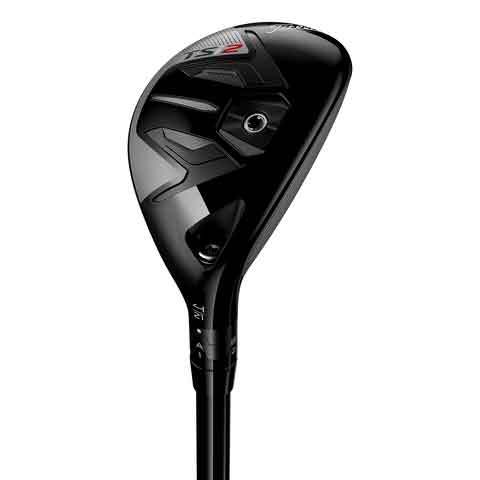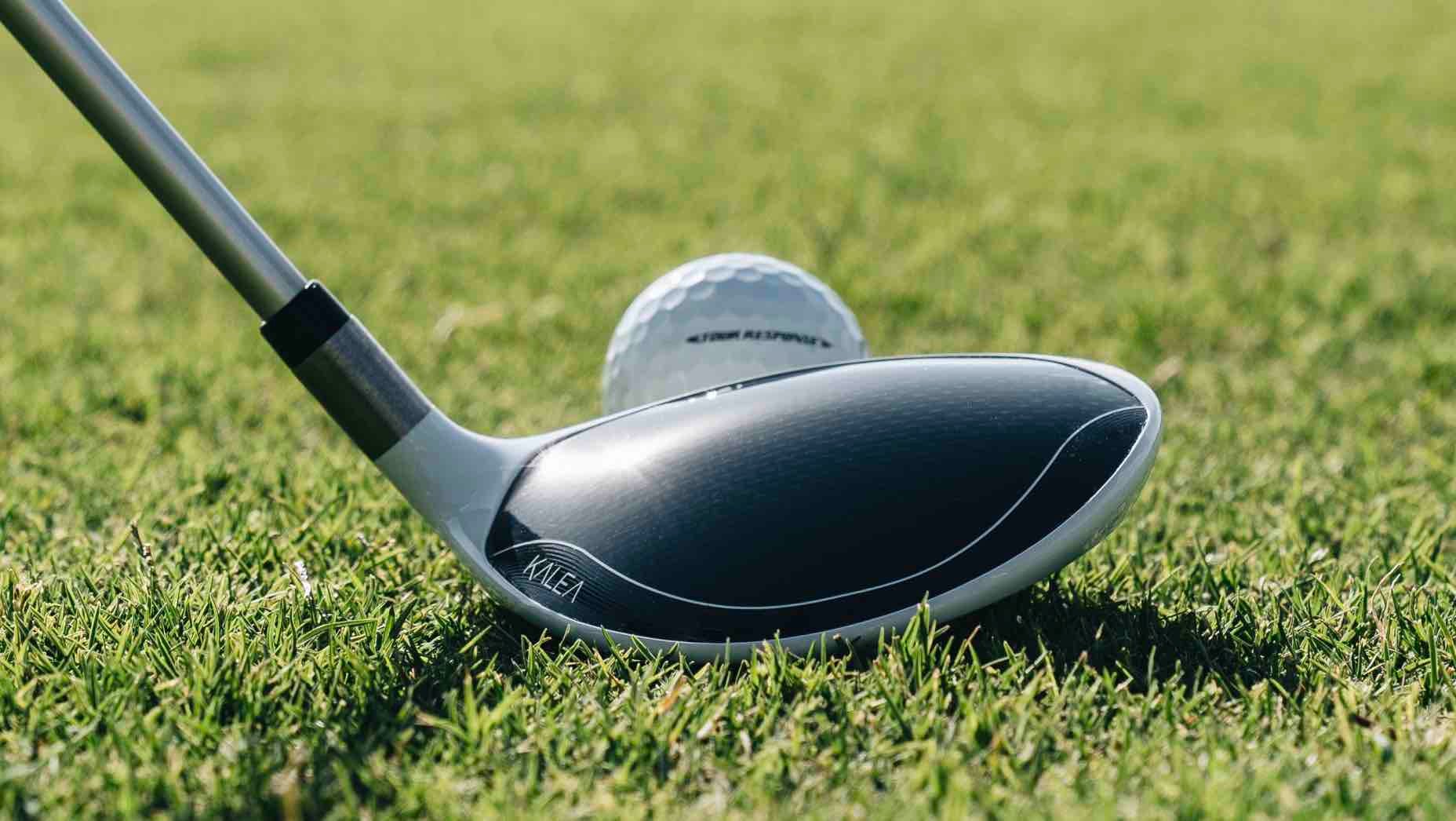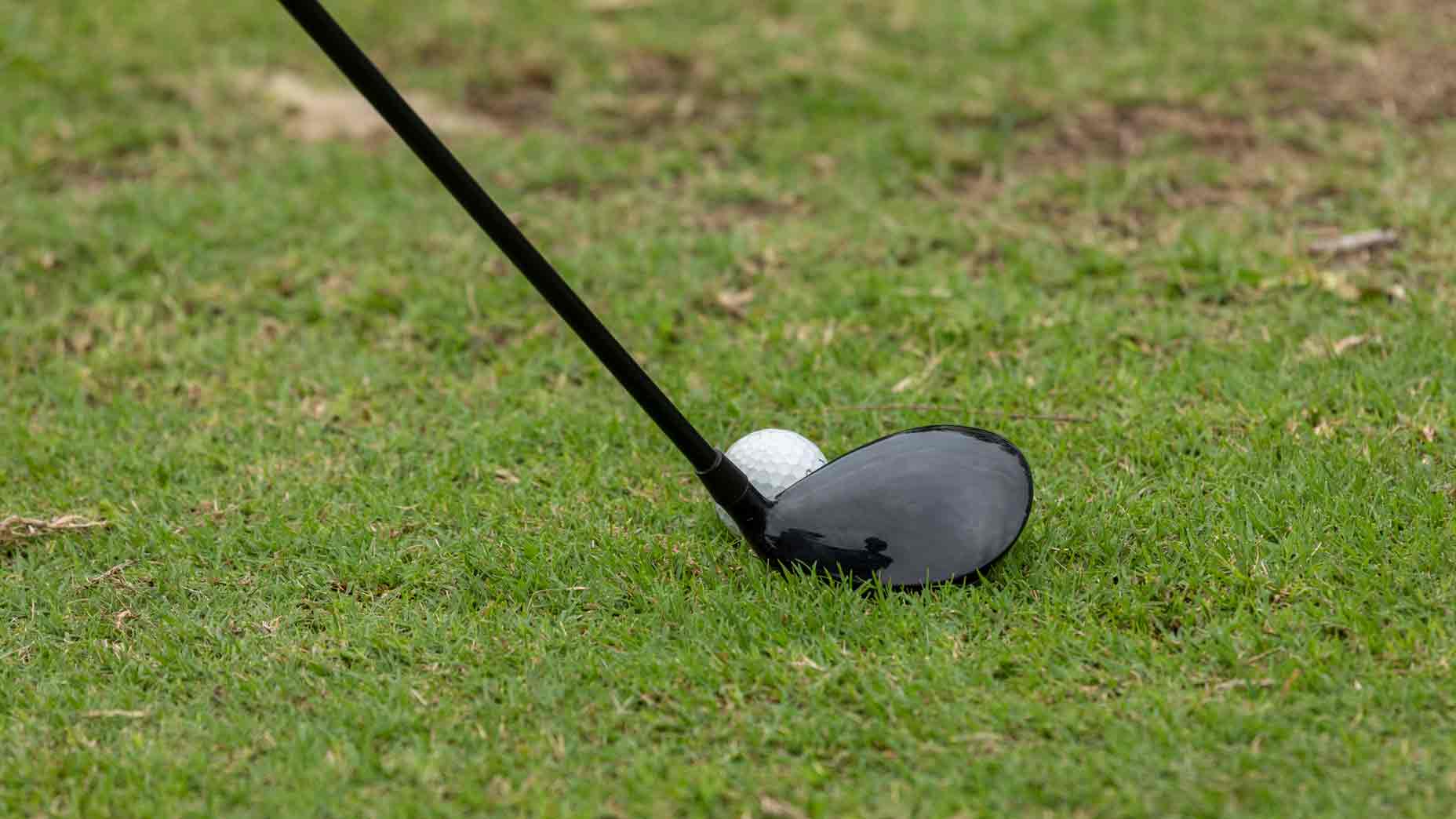Hybrids are such great clubs, as they offer versatility for most shots on the golf course and are a great substitute for an iron when a player has ways to go on a longer hole.
Yet, curiously, golfers either love them or hate them, with the latter often finding the club difficult to hit with consistency.
If you’re one of those players who struggles hitting a hybrid, keep on reading, because I offer some basic fundamentals and understanding that golfers need to know in order to hit hybrids with more success.
How to hit hybrids with better success
1. Choices in the middle of the bag
Hybrids offer flexibility for players on the golf course and are a great substitute for longer, less-lofted irons and shorter, more-lofted fairway woods — but how do you decide which is best for you?
At the risk of oversimplifying, if your clubhead speed is high and your launch tends to be high, you want to consider a lower-numbered hybrid in place of a more-lofted fairway wood.
On the contrary, if your clubhead speed and ball flight tend to be low, you would consider a more-lofted hybrid in place of a less-lofted iron.
2. A hybrid is an iron
Stop looking at the hybrid as a fairway wood, as this may throw you off when trying to decide if it works for your next shot. It may look like a mini-wood, but treat it like an iron.
Proper categorization can be helpful in making good decisions when it applies to setup and golf motion. So if you consider the hybrid to be an iron, you’re much more likely to hit it with success — and in the right situations.
3. Have neutral ball position
OK, so you’re starting to think of the hybrid as an iron; good job!
Now that you’re approaching the club this way, it will make more sense to have a relatively neutral ball position that’s centered-to-slightly-forward, which will help produce both ball and turf contact.
If you position your golf ball too far forward, it can be very easy to hit the ground first — which leads to a fat shot. If this sounds like you, consider that you may be hitting the ground where the ball should be.
4. Lofted can look open – crooked top line
When lining up your hybrid and setting it on the ground, always be sure that it’s flat. The sole of the club is quite wide across, so you want to allow the entire surface area to sit flush on the ground.
When you do this, you’ll often see that the clubface looks a bit lofted and angled. This is by design.
Since the clubface is lofted, the top line can often look crooked or open. You should aim using the leading edge instead of the top line. If you tend to hook your hybrids and not your other clubs — or if you struggle to get enough true launch — this may be the reason why.
5. Make a divot
Remember, a hybrid is like an iron, so you need to hit the ground and make a mess (or at least leave a mark on the turf).
If you try to sweep, or just barely get the club to the ground, this can lead to thin and topped shots; which will produce a ball flight that doesn’t launch like it should.
To practice getting a divot, naturally, the Divot Board is a great tool to try!
6. Light – get the club down
Yes, part of the reason a hybrid launches the ball like it does is because of its loft. But it’s also because the clubhead is lighter in total weight — similar to a fairway wood.
While this lighter weight is great for speed, you may need to commit to it more, making sure you get the clubhead all the way down to the ground.
One of my favorite ways to practice this is to place a golf ball in your trail hand, get into golf posture, turn back, and then throw the ball straight down and into the ground. When done properly, the ball will collide with the ground somewhere around the middle of your stance.
7. Hybrids work great from fairway bunkers
Due to their combination of distance and launch, using a hybrid from a fairway bunker can be a great choice.
Here’s a tip on how to hit hybrids from a fairway bunker: Remember to setup with a more neutral ball position and make your regular golf swing. This means you hit the ground and pivot off your back foot.
8. Hybrids are also great from the rough
Just because your ball is in the rough, doesn’t mean you can’t use a hybrid.
When you have a poor lie and the ball sits down and deep into the grass, you’ll want to adjust your setup. This means you should lean your body more towards your forward foot, making sure your lead shoulder drops lower and your sternum is a bit more on the target side.
The shoulder tilt will help the club make contact with the ball at a steeper angle, and then hit the ground. The increased angle will help the club make more direct contact with the ball, rather than having the grass get stuck between the ball and the face.
9. Use hybrids for bump and runs
Due to the increased sole and more rounded bottom of a hybrid, it tends to dig less, preventing the club from getting stuck. This makes it a great alternative option around the green for bump and run shots.
To hit this, grip down, narrow your stance, and lean everything more towards your target.
Be sure to get a good setup and make a putting-type stroke that brushes the grass. The hybrid will tend to produce a high percentage of roll, so, in many cases, you only need a small stroke. The smaller the stroke, the less the chance for error.
10. Get fit and discover the proper hybrid for you
Every one of your clubs should be fitted for you, so a hybrid is no different.
Before deciding which hybrid club is right to add to your bag, I recommend talking to the pros at True Spec Golf, which offers every head and shaft combination you can imagine. They are experts in fitting, and are completely brand agnostic — which is why I trust them for all of my students.

Titleist TSi2 Hybrid











